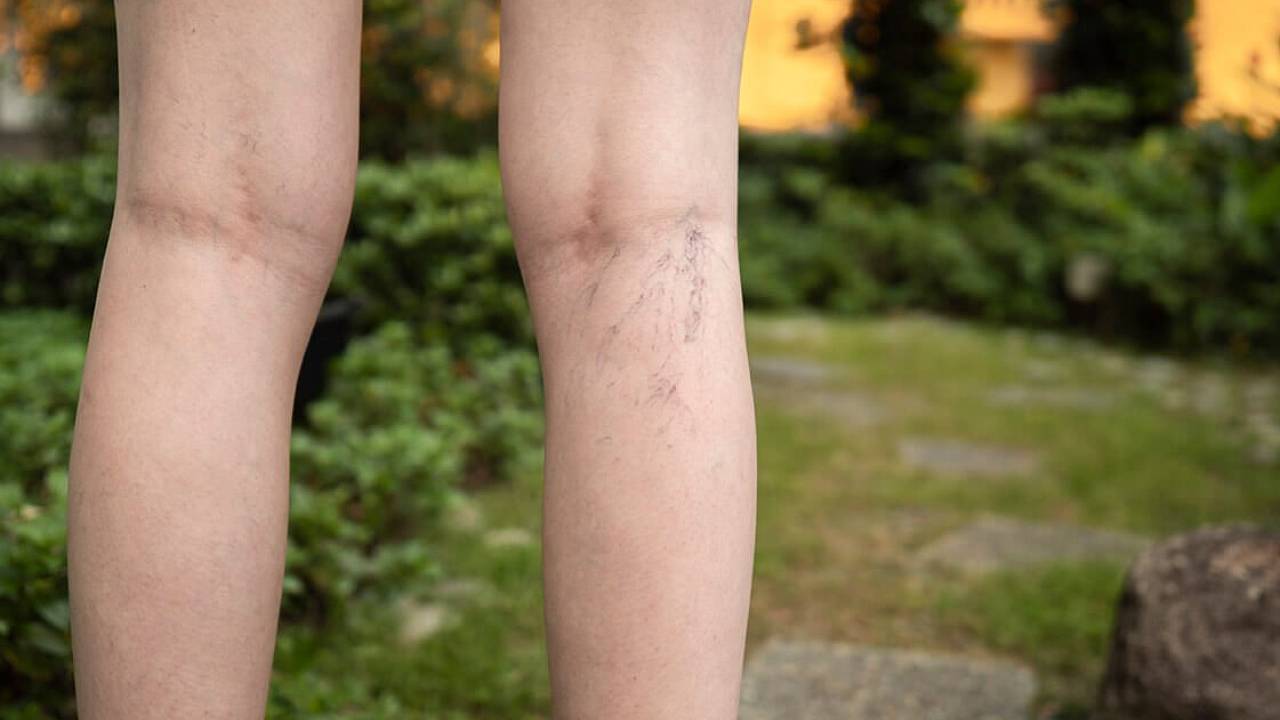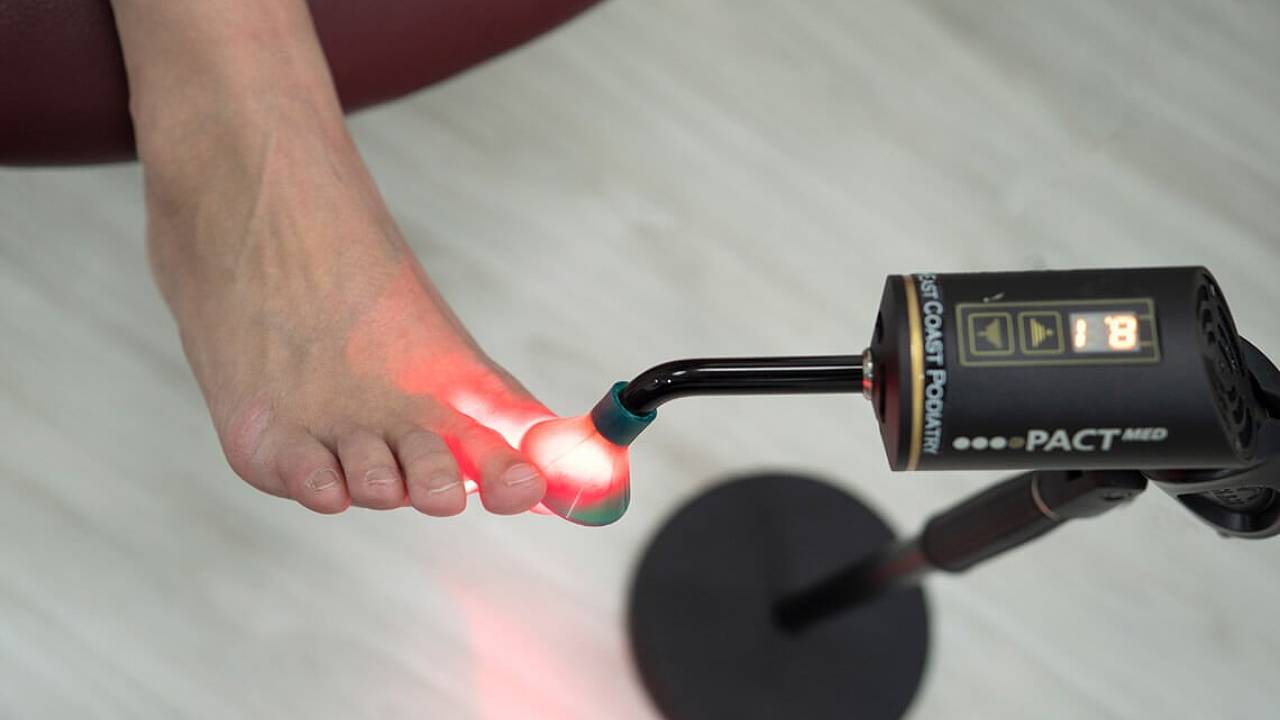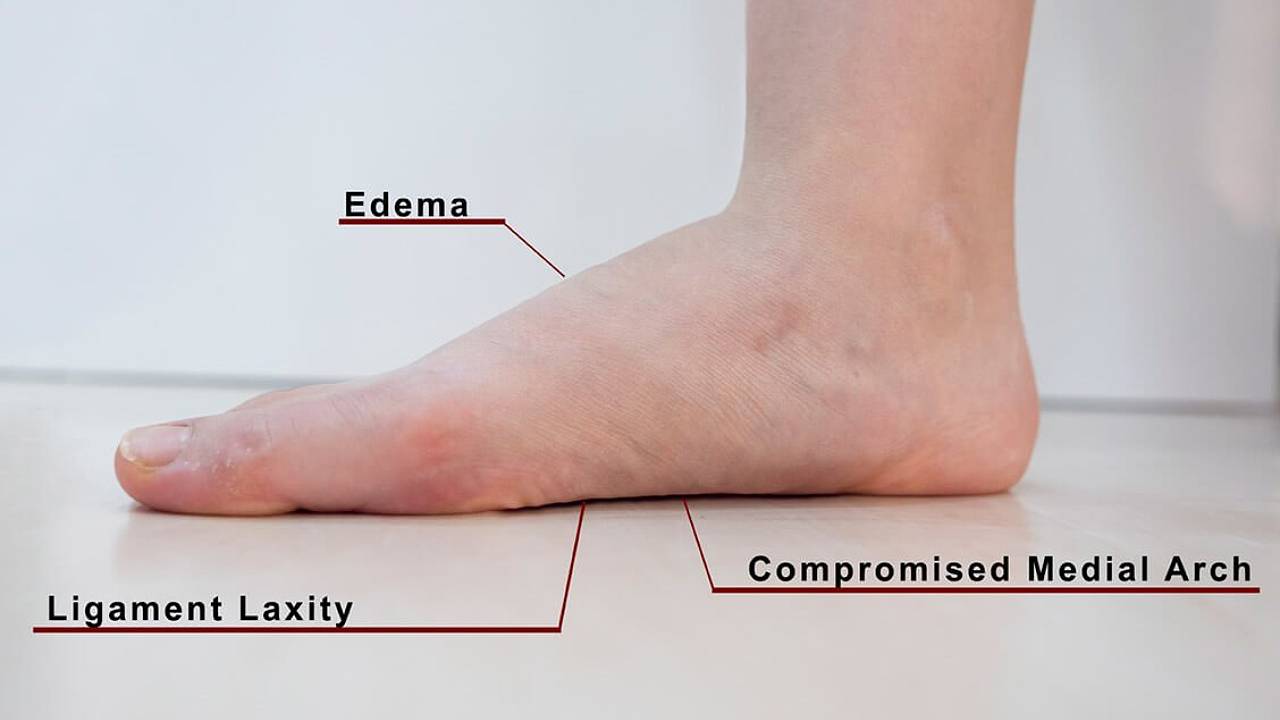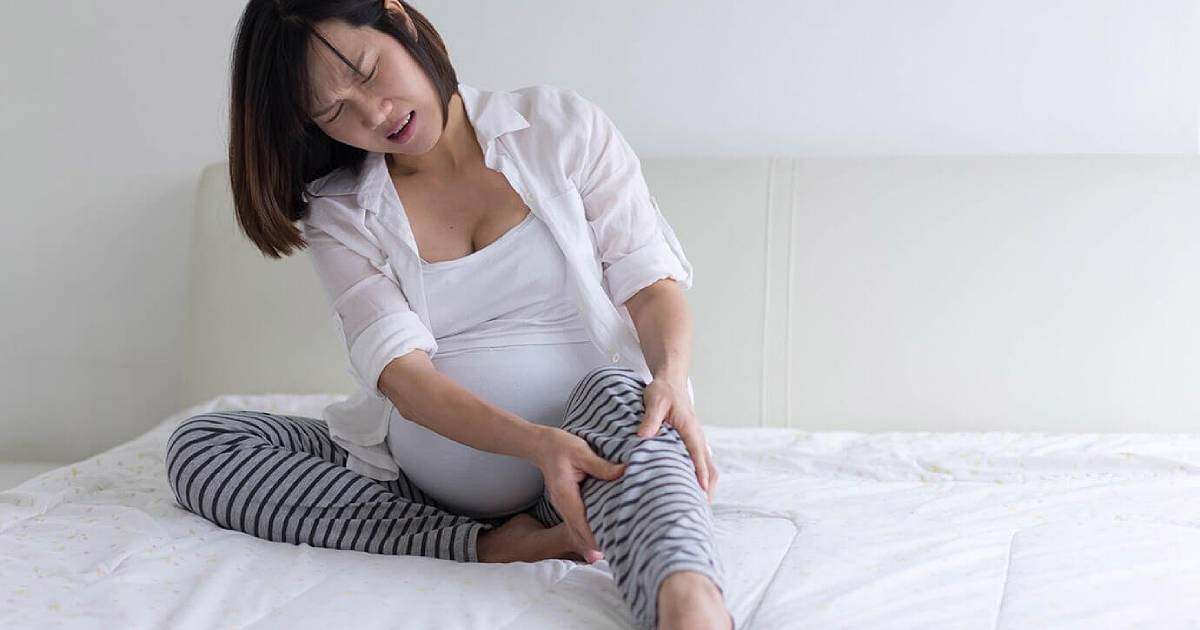A new bundle of joy is an exciting time in a mother’s life; it is also one of the busiest times, so planning ahead is a wise thing to do before the child’s eventual arrival. In the midst of preparing for the birth, one frequently ignored or forgotten detail is the extra stress placed on the lower limbs during pregnancy. This can cause a number of issues, including pain, discomfort and problems with your balance. Addressing this early enables you to be more comfortable during your pregnancy.

What can your feet expect when you’re expecting?
The most common experience is that of swelling, also known as oedema. Your body produces more blood and other bodily fluids to cater for the needs of the foetus, and the extra fluid frequently pools in the lower parts of your body due to gravity. Pregnant women may experience oedema in the hands, face, legs, ankles, and feet. Slight oedema is normal during pregnancy, however, sudden swelling can be an indicator of a condition called preeclampsia (pre-eclampsia). If you experience sudden swelling, please seek immediate medical attention.
Pregnancy also releases a hormone called relaxin, which is produced by the ovaries. It is an important hormone which prepares a woman’s body for childbirth by softening and widening the cervix, as well as relaxing the ligaments in the pelvis. However, relaxin also serves to loosen ligaments in your feet, causing the bones of the foot to spread. Due to this, a mother-to-be may find that her feet have enlarged, sometimes increasing by a whole shoe size; this effect is typically permanent, and feet size will not reduce after birth. The ligament laxity cause by relaxin could also cause or worsen pregnancy-related flat feet as the weakened foot structures and the increased weight results in the collapse of the foot arch.
Additional weight carried during the pregnancy, as well as a change in your centre of gravity, may also bring assorted aches and pains along with it. Heel pain can be a problem, and some pregnant women develop plantar fasciitis. Due to the changes in centre of gravity, you may find your balance impaired, leading to a greater risk of trips and falls.
You may also experience changes in your toenails due to the increased blood volume and hormones circulating through your body, as well as the additional needs of the foetus. While this can present as faster nail growth, your nails may also experience other changes due to the diversion of nutrients for your baby. These changes can include nail brittleness, discoloration of the nail, or even loosening or loss of a nail. These changes typically last only for the duration of your pregnancy.
The increased blood volume can also lead to varicose veins, particularly in your legs, enlarging and appearing due to the weight of your baby putting increased pressure on your blood vessels. These can cause discomfort, even pain, for some, and many find them visually embarrassing.
Other foot conditions like bunions, ingrown toenails, corns, calluses and fungal toenails may also worsen or occur during pregnancy due to increased difficulty in personal foot care as the pregnancy develops further – it can be hard to reach or see your feet over baby’s current home!
What remedies are there?
There are a number of remedies that you can perform at home to address the issues mentioned above.
Oedema can be reduced by drinking more water, while it may seem strange to take in more water at this point; the increased fluid intake actually encourages your body to release the existing fluid in your body, reducing water retention. To further encourage such reduction, you should also avoid foods that are high in sodium. Light exercise, particularly stretching and walking, can help with both oedema and varicose veins by improving circulation and alleviating swelling. Elevating your feet several times a day also offers similar benefits.


How can a podiatrist help?
Most clinicians will avoid performing minimally invasive or invasive procedures on a woman in the first trimester of her pregnancy. This is due to the risks associated with foetal deficiencies or miscarriage. However, our podiatrists utilise non-invasive and conservative approaches to assist our patients, ensuring they can provide support throughout your pregnancy.
Podiatrist can also address any foot concerns you may have, including the problems listed above, with non-invasive and safe interventions like PACT light therapy for fungal toenails or customising orthotics for foot pain or flat feet.
The use of orthotics is also safe for pregnant women; in fact, pregnant women have an opportunity while their feet are malleable due to the relaxin. Due to the increased flexibility of their tendons, their feet are more adaptable to new positions, allowing them to address existing foot problems. The best type of orthotics for pregnant women would be a customized foot orthotic that has been designed according to their gait to properly support their weight and foot shape.
Orthotics also help in stabilization; this is particularly important as estimates of accidental falls account for up to 25% of trauma injuries in pregnancy and that some research has found that the risk of a pregnant woman falling is as high as that of an elderly person.
At the end of the day, with proper planning for care, the common lower limb problems associated with pregnancy can be managed or alleviated, taking away the burden of discomfort and pain from the process.





